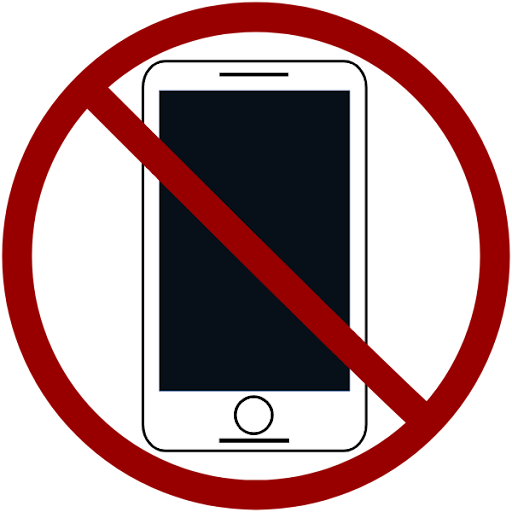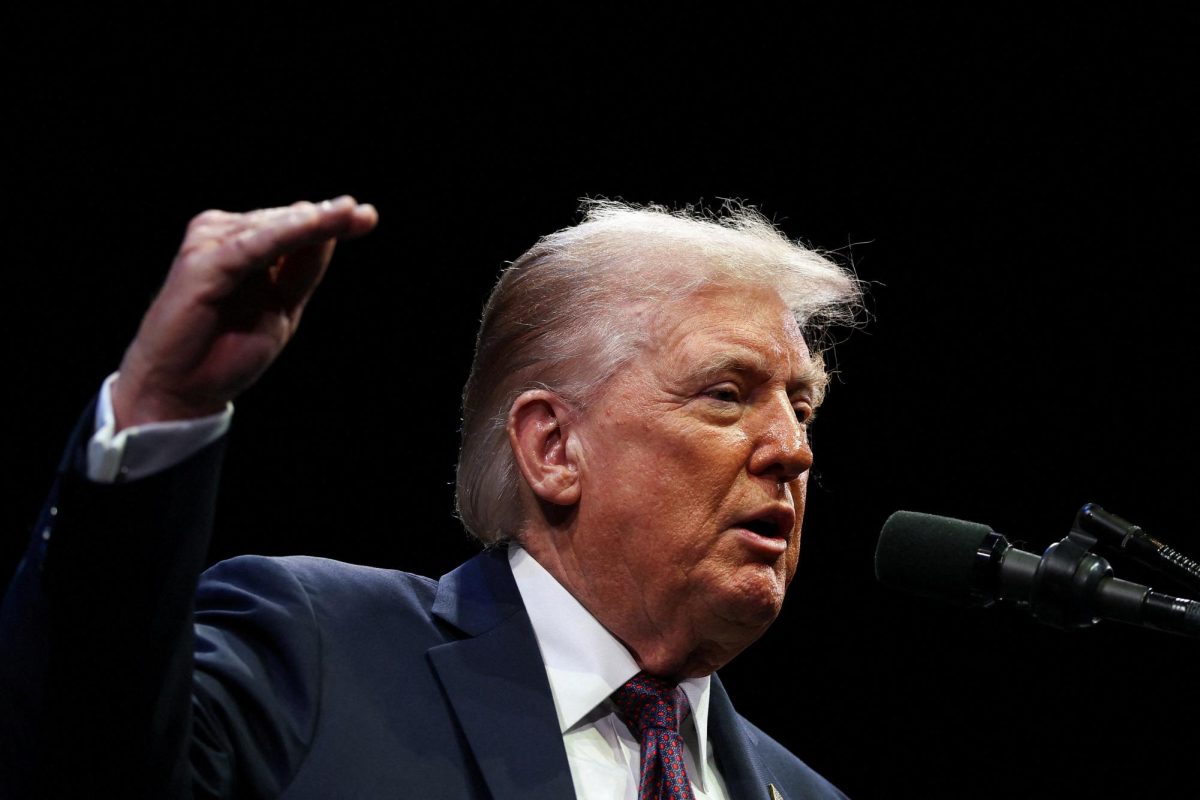It’s back to school season and the students at Oakmont High School are beginning the year without one thing: a cell phone.
On May 9, 2024, the Roseville City School District Board of Education approved a new school policy in hopes that students will improve learning outcomes and increase their engagement during school hours.
The cell phone policy has gone into effect for the 2024-2025 school year starting on August 8, including every school in the Roseville City School District. The requirement is that students will put their cellular devices in their backpacks for the duration of class until instructed to use them or in the case of an emergency. Authorized teachers have access to how they choose to utilize this policy by having a safe classroom location for devices if they choose to do so.
The policy now reads: “The new policy outlines students are not allowed to use their personal mobile devices (including phones, personal tablets, bluetooth headphones (such as AirPods), and smartwatches) once they have entered campus for the instructional day and cannot resume their use until after the last period of the day. Devices must be turned off and stored away for the duration of the school day. This change aims to minimize distractions and enhance student focus and learning outcomes.”
In the past, students at Oakmont High School have had struggles on maintaining their focus during school, along with the staff that have had issues keeping students on task. The requirements for having your cell phone out beforehand have been abused by taking pictures without consent through many areas of the school, ranging from bathrooms to classrooms, as well.
With a tap, students are tempted to use their cell phones. Mainly, social media has taken a toll on students.
While communication is key between young adults, this results in minimizing focus during school hours. With a swipe, all of the information that was taught to a student is forgotten. Not only does social media distract students, it can be used negatively.
Many times, the problem arises from cyberbullying or taking pictures of others on Instagram that could directly impact a student’s academic performance and their privacy. People create accounts on social media to document people on which hasn’t allowed students to be in a safe environment. Other times, the latest trends can result in repairing school property, diverting time from instructional activities.
Shelby Gomez, a sophomore at Oakmont, shares her thoughts on the new policy.
“Without my phone vibrating in my pocket and while I’m not scrolling on Tik Tok and Instagram, I have more time and brain space for the stuff I’m being taught,” Gomez said. “I think the new cell phone policy is a good idea in theory and I think it would and will work.”
Aiyana Zaragoza, a sophomore, has a strong opinion towards the restriction of cell phones.
“I think that the cell phone policy is good for some cases–but also I think it’s unfair for the people who stay off their phones in class and don’t get in trouble for it,” Zaragoza said. “If students don’t have their phones on them, and their family, their parents, or someone could be contacting them about a personal emergency and they won’t get it, then that may be crucial to their lives.”
Many students believe that the cell phone policy shouldn’t revolve around everybody. Fairness has been discussed rapidly between students upon following these restrictions.
Jewel Sudnagunta, a sophomore, shares her personal experience on it.
“There are students who finish their work fast, and when I do, I can’t talk to my friend when she is finished,” Sudnagunta said. “I can’t just sit there not doing anything.”
Minga has given more insight towards how the policy is affecting students. In the last two weeks, between August 12 through August 22, there have been 147 documented Electronic Device Infractions (EDI). 6 students have 4 or more EDIs, making up 31 of the total count. 11 students have 3 EDIs and 15 have 2 EDIs. This leaves 90 students who have received one EDI warning. On average, there have been approx. 12-17 EDIs documented each day. It’s important to take note that the school year has only just begun as well.
Let’s take a look at the perspective of an administrator at Oakmont High School.
Michaela Morrison, the advisor of the Journalism program, shares her opinion on the drastic change.
“My opinion on the electronic device policy is that we needed something. What ended up happening is there has been an increase in anxiety and cyberbullying, general distraction–and kind of students have been, to be honest, depressed about it,” Morrison said.
Some subjects benefit more than others from the restriction of electronic devices, as it allows students to avoid plagiarism and allow critical thinking when there isn’t a phone to run to. Students are being “forced” to make the decision of being productive and engaging with their classmates. When students separate from their device in class, it allows them to become a part of discussions and class material that will heavily increase their grades.
Marc Buljan, the principal of Oakmont shares the story behind the development of Cell Phone policy.
“Right now we are trying to encourage a change in behavior– to increase student engagement across campus and to support students in achieving their potential,” Buljan said. “The commitment to this schoolwide, enforced policy is intended to do that, and it came from the fact that giving students more freedom to navigate this on their own and to follow individual teacher expectations/requests wasn’t working.”
Buljan is known to have contributed to the cell phone policy idea that has been in process for months or longer.
Mark Plank, a math teacher that contributed to the discussion of the cell phone policy, shares his thoughts of the new policy.
“I think the current policy is a step in the correct direction,” Plank said. “I would have liked to see the policy be stricter in terms of consequences for students that want to push the boundaries.”
From the beginning of the year, the staff have been observing the effectiveness of the policy in regards to alterations or restrictions.
“Even someone, who one might call a “good student,” can be distracted when a text or post on social media sparks an emotional response or gets pulled into a lengthy back and forth conversation, now distracted from what’s going on in class,” Buljan said.
Overall, students and staff are ready to see what this school year brings with the removal of electronic devices. Every student has a different story to tell as well. However, it’s proven that the evolution of this generation has shown us that cell phones do revolve around teenagers today. Whether it’s to put themselves out there through social media, scroll through content for hours, or communicate with friends, it has gotten to the point where it’s the only thing that teenagers are struggling with in regards to their education.















